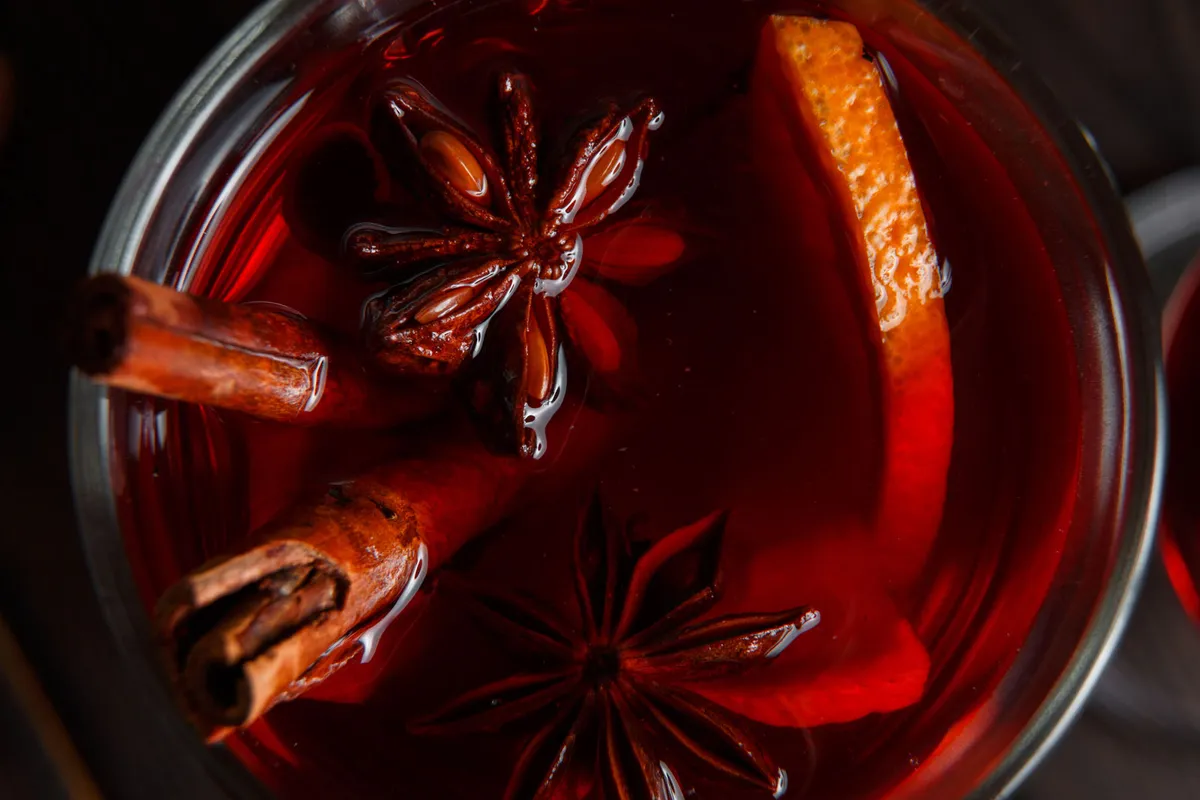Elderberry wine is a delicious drink to enjoy with a meal or on its own as a festive tipple in the winter months. Made using the berries gathered from the elder tree, this is a lovely seasonal drink that can be made affordably at home.
Eaten raw the elderberry has a tart and unpleasant taste, and can be mildly poisonous, but cooked it can be used to make drinks, syrups or sauces.
This is a full wine-making recipe and, done well, can produce a red wine good enough to compete with many supermarket wines. Occasionally you will produce something truly exquisite. Just like grapes, elderberries can differ year on year. Some years every tree seems to be weighed down with massive clusters of plump, juicy fruits that all go ripe at the same time. Other years are leaner but elder trees are so abundant you should find enough berries for this recipe.

